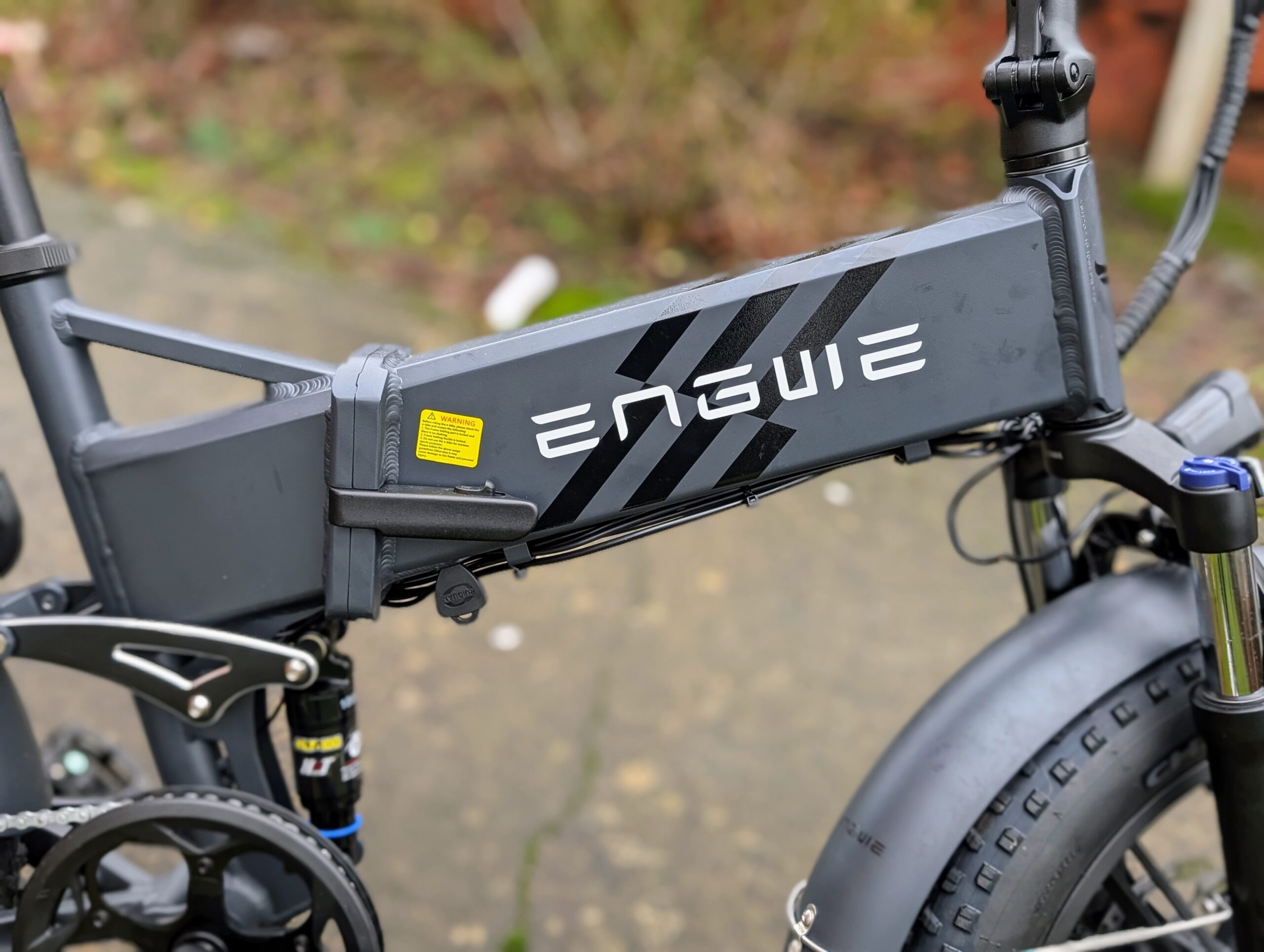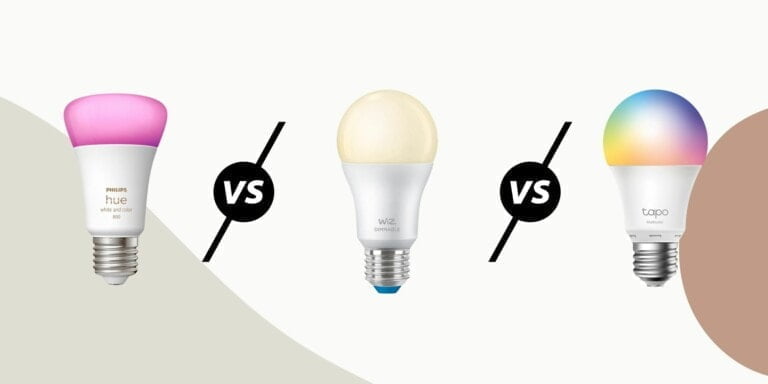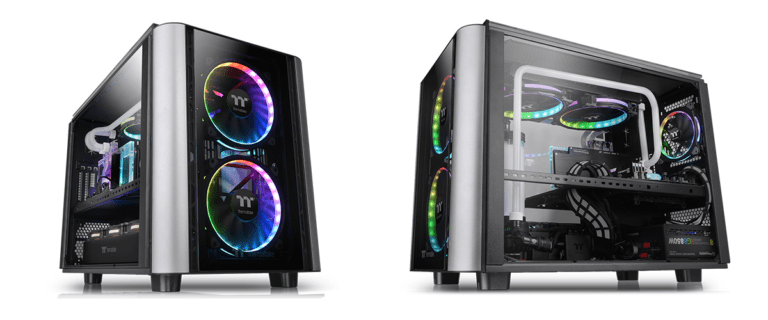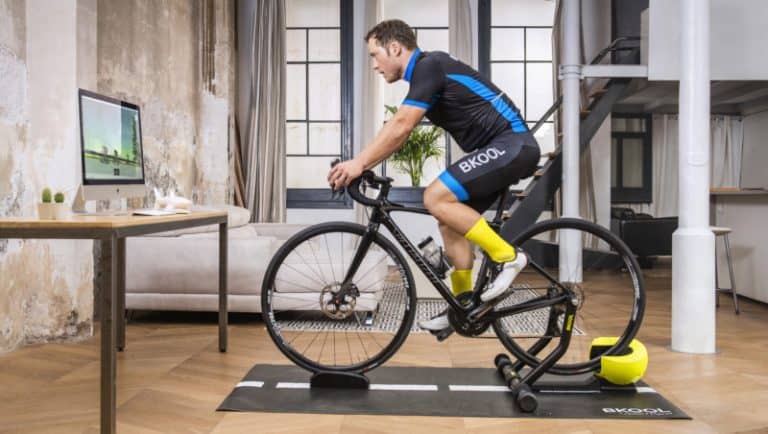Any links to online stores should be assumed to be affiliates. The company or PR agency provides all or most review samples. They have no control over my content, and I provide my honest opinion.
I have previously reviewed several Engwe and have been happy with all of them. The Engwe T14 was perhaps the least impressive, but at £500, you have to have realistic expectations. I was impressed with the Engwe P26 Hybrid, and in hindsight, I think the Engwe C20 Pro has been my favourite Engwe bike I have reviewed.
Back in 2022, I also reviewed theEngwe Engine Pro, and now the Engine Pro 2.0 has been launched, which significantly increases the torque, bumps up the battery capacity and switches from a cadence sensor to a toque.
It appears that the Engine Pro 1.0 is no longer on sale, but when I reviewed it, it was priced at €1584.99 or £1340. The Engwe Engine Pro 2.0 has been launched at an RRP of £1,499 but appears to be consistently available for £1,399, which seems reasonable considering the recent issues with inflation and the fact that it is superior to its predecessor.
Specification
Specification | Details |
|---|---|
Material | 6061 Aluminium Alloy Folding Frame |
Motor | 52V 1200W (PEAK) Magnesium Alloy Integrated Wheel Hub Motor |
Torque | 75 Nm |
Sensor | Torque Sensor |
Brake | Hydraulic Disc Brakes 160mm |
Drivetrain | Shimano Altus 8-speed |
Display | LCD Color Display |
Speed | 25 km/h (PAS 5) |
Mileage | 110 km (PAS 1) |
Battery | 52V 16Ah Lithium-ion Battery |
Tires | 20×4.0″ Tires |
Maximum Climbing Degree | 10° |
Charging Time | About 5.5 hours |
Bike Weight | 31.6 kg |
Gross Weight | 39.8 kg |
Engwe Engine Pro 2.0 vs Engwe Engine Pro 1.0
Specification | ENGINE PRO 2.0 | ENGINE PRO 1.0 | Other Bikes |
|---|---|---|---|
Torque | 75Nm Torque | 55Nm Torque | 45Nm Torque |
Sensor | Torque Sensor | Cadence Sensor | Torque Sensor |
Suspension | Full Suspension | Full Suspension | Front Suspension |
Shifters | Shimano 8-speed | Shimano 8-speed | Own Brand 8-speed |
Brake | Hydraulic Brakes | Hydraulic Brakes | Mechanical Disc Brake |
Battery | 832 Wh 16 Ah | 768 Wh 16 Ah | 672Wh 14 Ah |
Unboxing Assembly
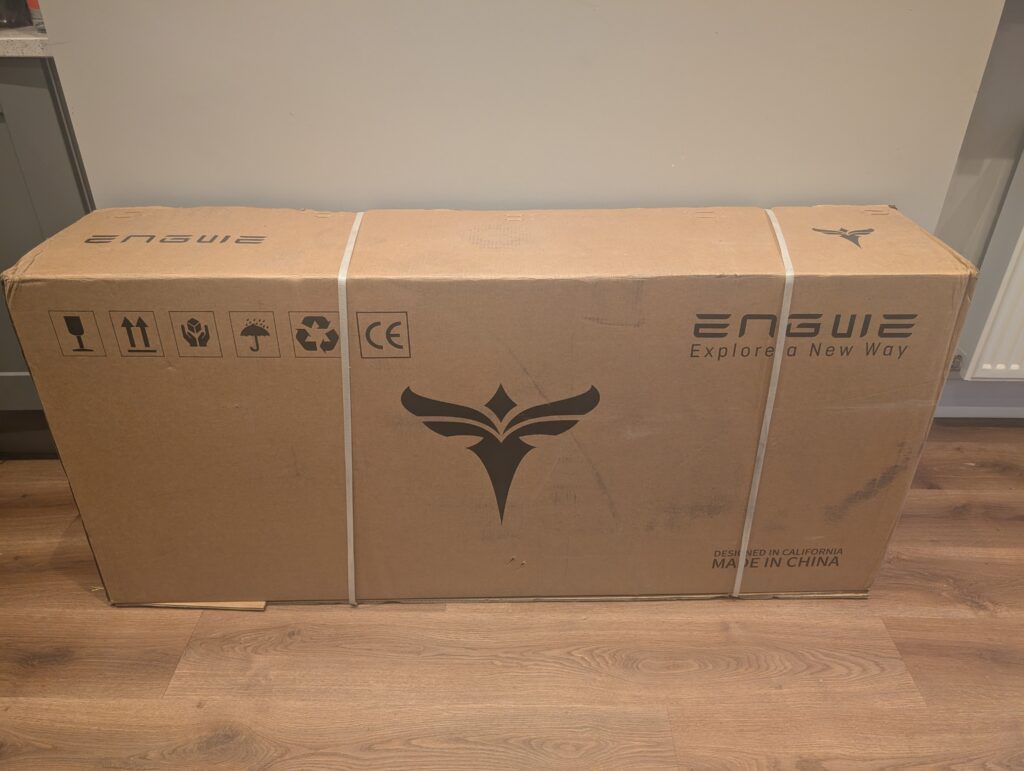
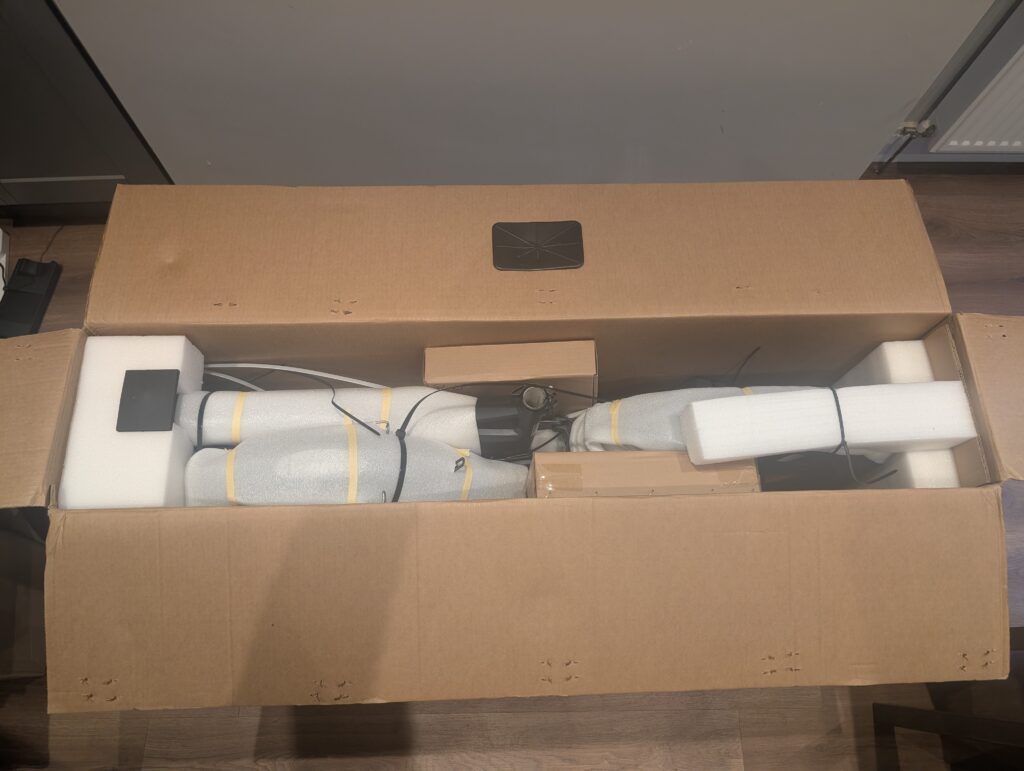
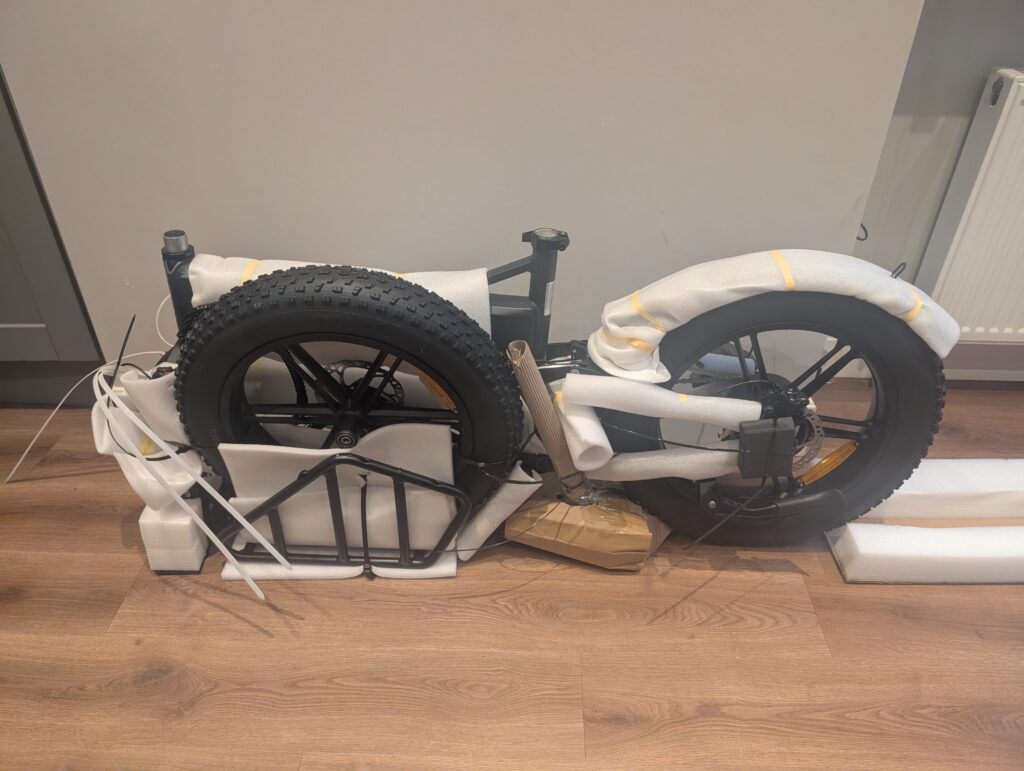
The Engwe Engine Pro 2.0 arrives mostly assembled, which is a relief given its substantial weight of 31.6 kg. The packaging is robust, ensuring the bike arrives undamaged. Upon unboxing, you’ll find the bike folded, with only a few components requiring attachment.
The assembly process is straightforward and should take about 30 minutes to an hour, depending on your experience. The main tasks involve:
- Unfolding the frame and securing it
- Attaching the handlebars
- Installing the front wheel
- Attaching the pedals
- Adjusting the seat height
Engwe provides the necessary tools and a detailed manual to guide you through the process. The manual is clear and easy to follow, with step-by-step instructions and diagrams.
One point to note is the bike’s weight. At 31.6 kg, it’s not the easiest to manoeuvre during assembly. You might want to enlist help or assemble it in the space where you plan to store it.
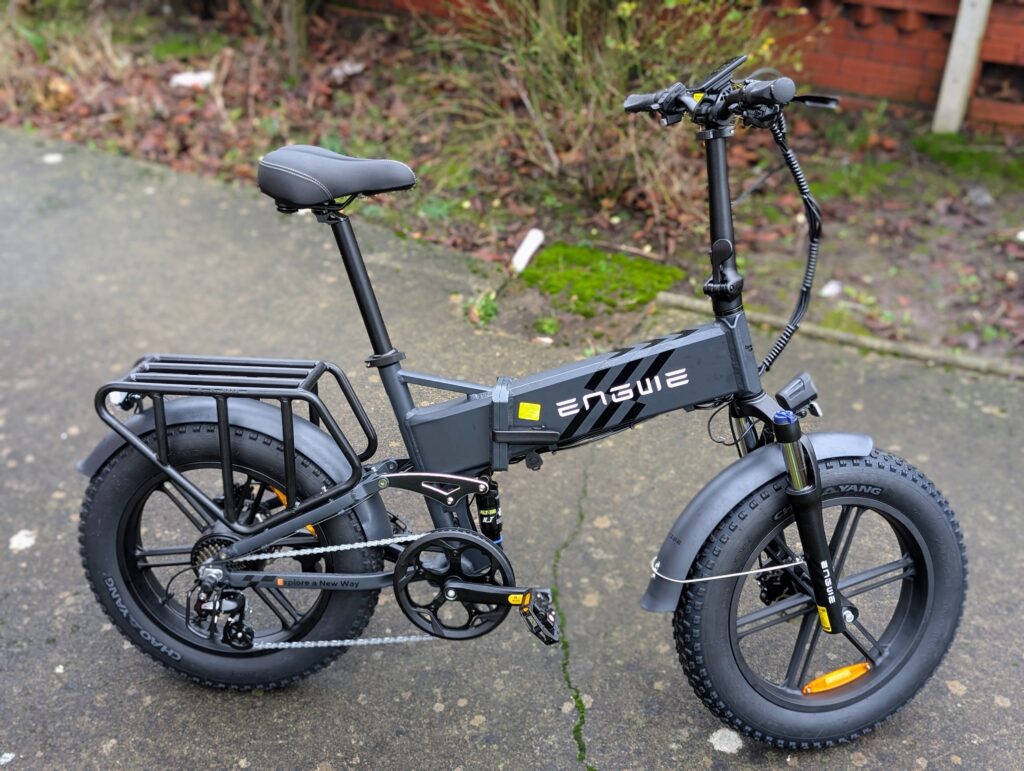
Display / Computer
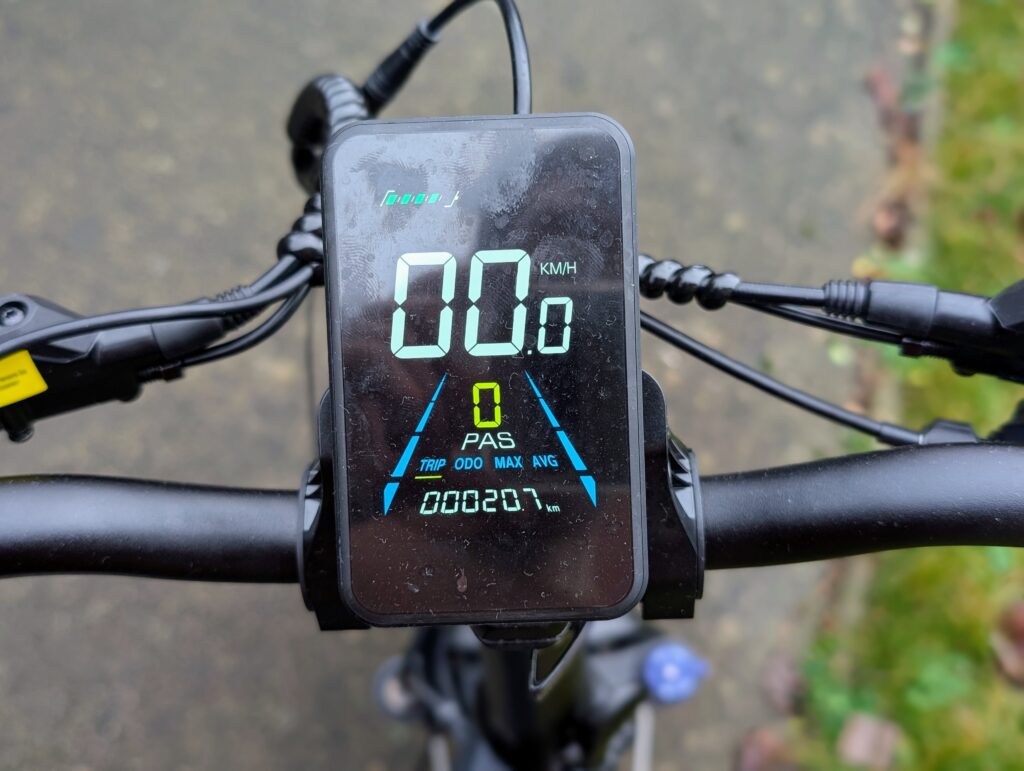
The Engine Pro 2.0 features a full-colour LCD display mounted in the centre of the handlebars. This display is a significant upgrade from the monochrome screens found on many e-bikes, offering better visibility and more detailed information.
The display shows:
- Current speed
- Battery level
- Pedal assist level (0-5)
- Trip distance
- Total distance (odometer)
- Current power output
The screen is easy to read in various lighting conditions, including bright sunlight. The buttons to control the display and change settings are conveniently located near the left grip, allowing for easy operation while riding.
One particularly useful feature is the ability to adjust the maximum speed limit. While the bike is limited to 25 km/h in the UK to comply with e-bike regulations, users in other regions can adjust this setting if local laws permit.
The computer also includes a USB port, allowing you to charge your phone or other devices while riding. This is a handy feature for longer trips or for those who use their phone for navigation.
Personal Scenario / Preferences
Before delving deeper into the review, it’s worth noting my personal preferences and typical usage scenario, as these factors inevitably influence my perception of the bike.
I consider myself physically fit and regularly use a road bike during summer months. My preference leans towards a more traditional bike form factor and riding position. I typically use e-bikes for commuting, appreciating the motor assistance to arrive at work without being exhausted or sweaty.
For the past six months, I’ve been using the Vanpowers City Vanture for my daily commute. While it’s theoretically my ideal bike, weighing only 15.5 kg, I’ve found that the rear wheel motor and belt drive create significant resistance when cycling on low or no power. This negates many of the benefits of its lightweight design. Additionally, I’ve noticed a significant power drop once the battery indicator shows three bars or less.
Regarding the Engwe Engine Pro 2.0, I must admit that I’m not typically a fan of this style of bike. The design tends to draw attention, and its physical size and 32 kg weight make it somewhat unwieldy for indoor storage or car transport. However, I do appreciate the concept of a foldable bike, as it offers flexibility for mixed-mode commuting.
While I like the low maintenance of belt-driven bikes, I’m not overly keen on the ride feel and the additional resistance they create. In this respect, I appreciate that the Engine Pro 2.0 uses a traditional chain and gear system.
Ride Experience
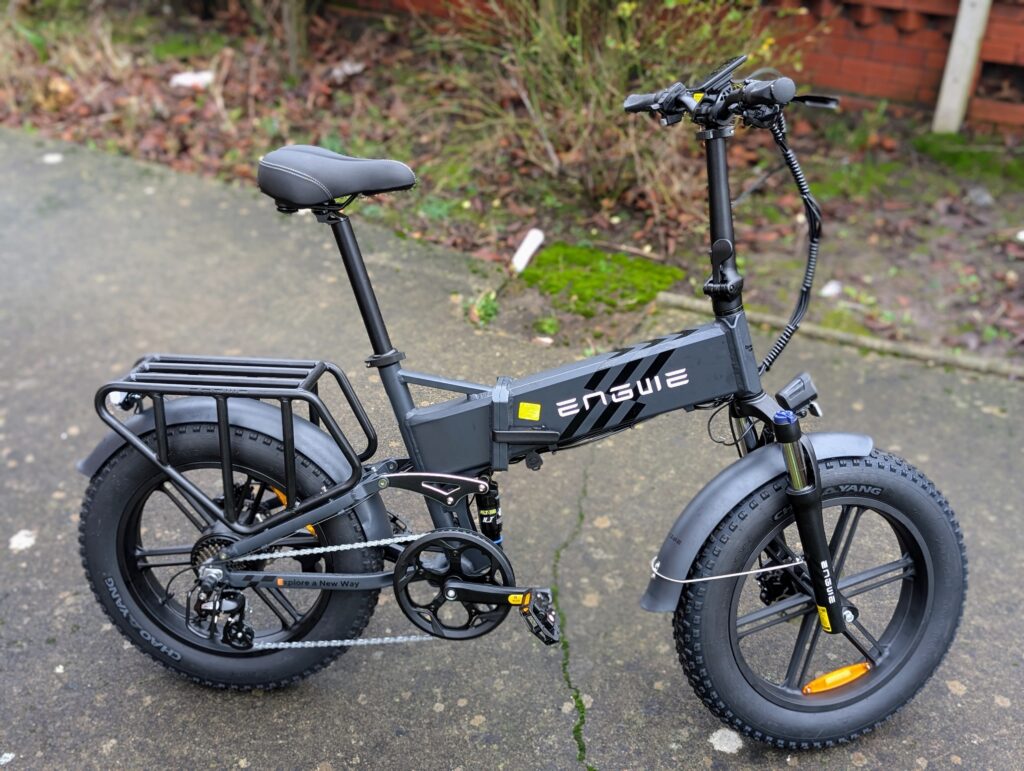
The ride experience of the Engwe Engine Pro 2.0 is where this e-bike truly shines. The combination of the powerful 1200W motor, high torque output, and torque sensor results in a responsive and enjoyable ride.
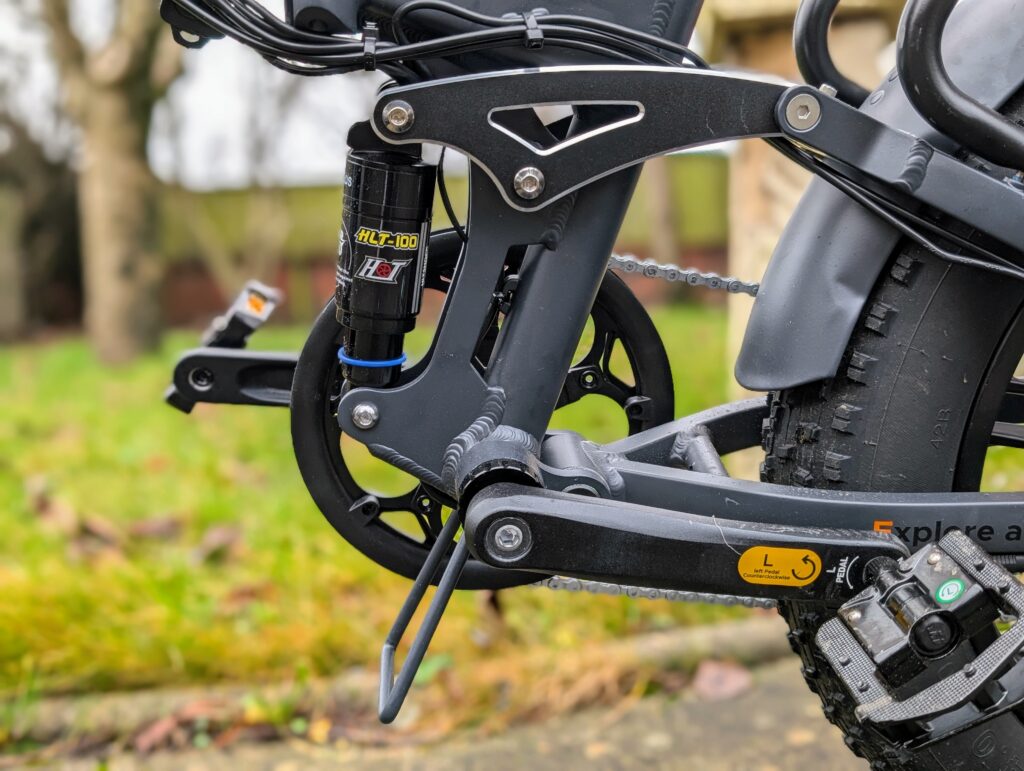
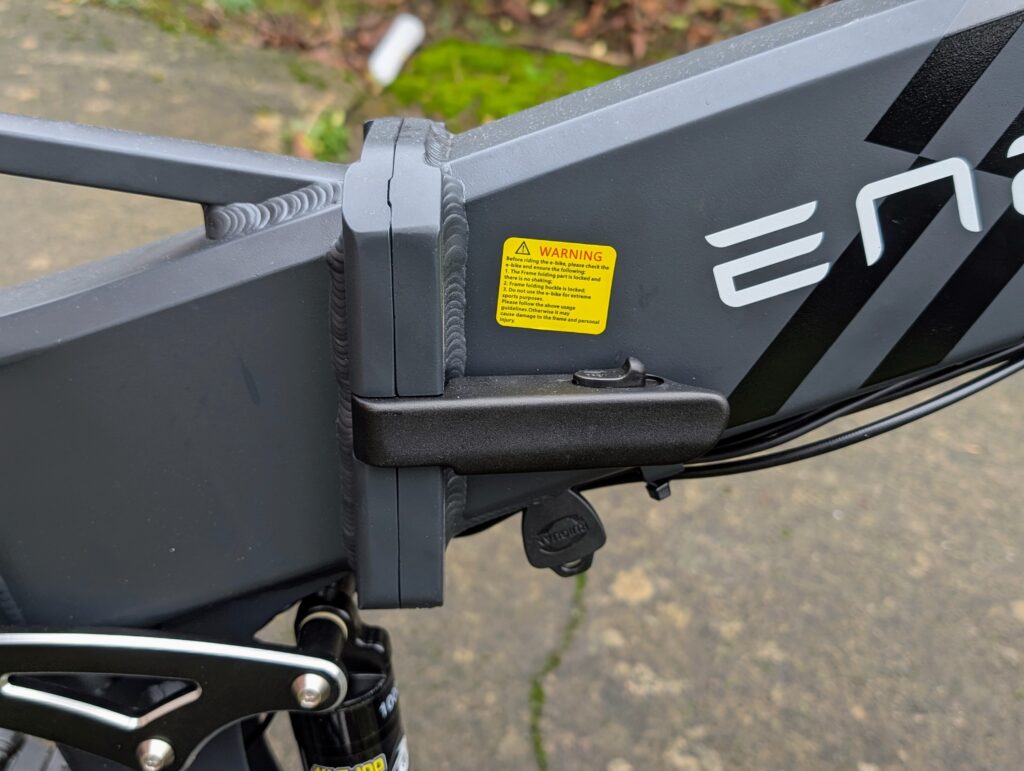
The torque sensor is a significant upgrade from the cadence sensor used in the previous model. It provides a more natural riding experience, as the motor assistance is directly proportional to the force you apply to the pedals. This means the bike responds instantly when you start pedalling or increase your effort, making the ride feel more intuitive and less like you’re being pushed along by a motor.
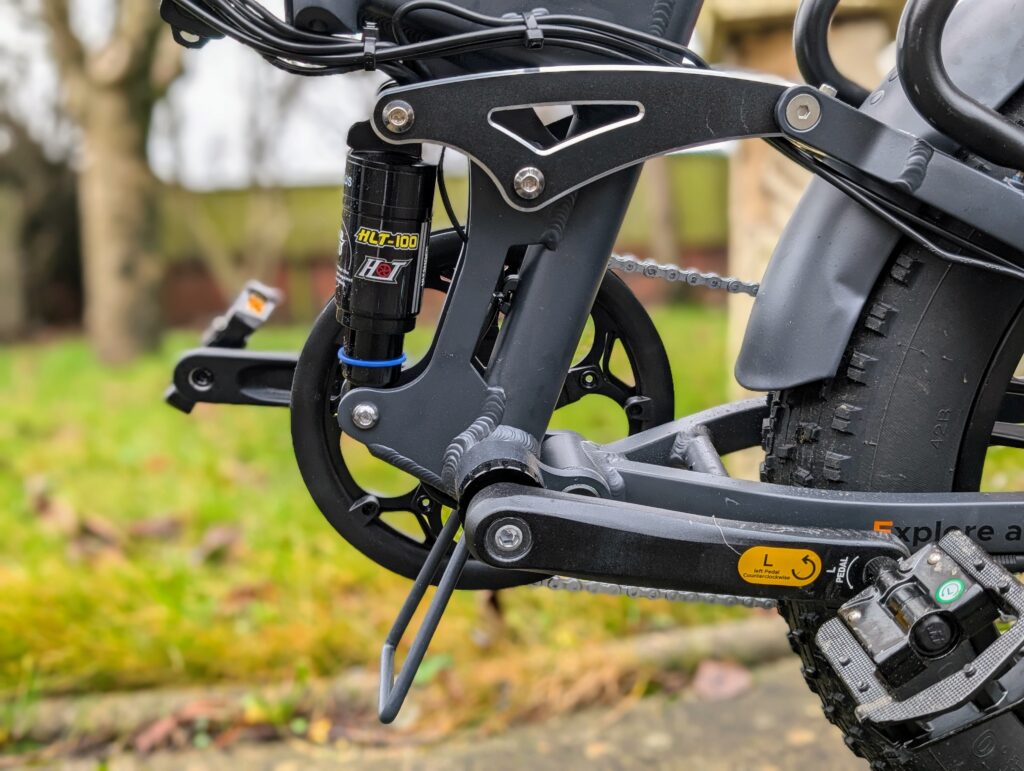
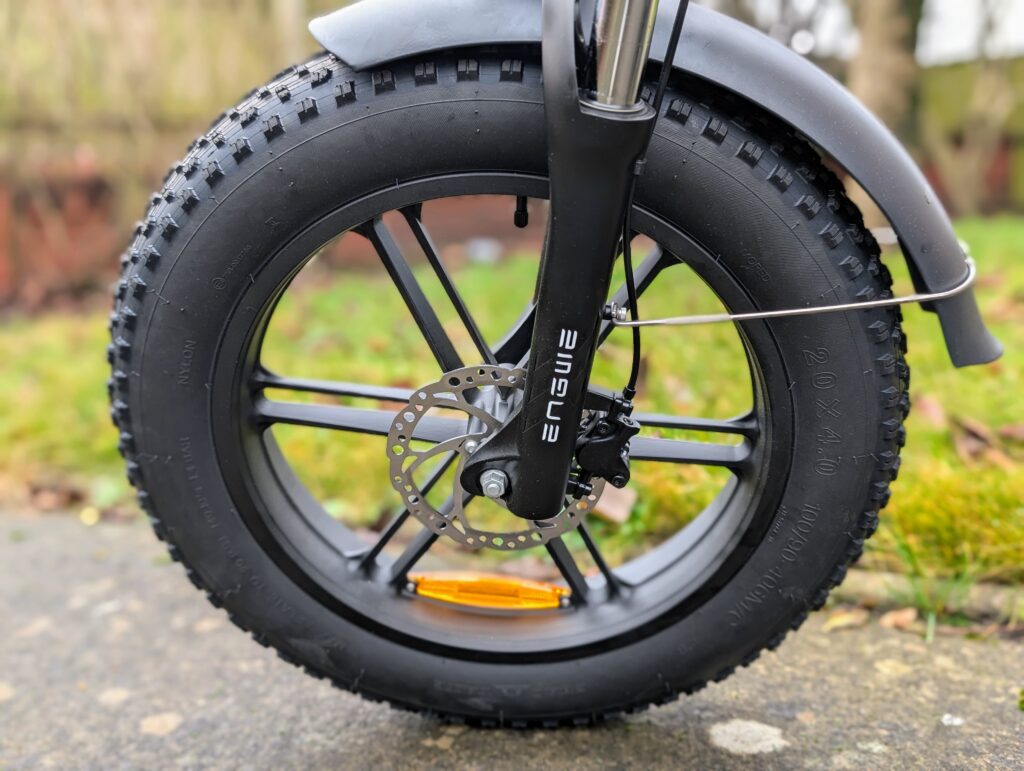
The 75Nm of torque is impressive for a bike in this class. It provides ample power for quick acceleration and easily handles steep inclines. Even when fully loaded or tackling challenging terrain, the Engine Pro 2.0 rarely feels underpowered.
The Shimano Altus 8-speed drivetrain offers a good range of gears for various riding conditions. The shifting is smooth and reliable, allowing you to find the right gear for your riding style and terrain.
One aspect that might take some getting used to is the bike’s weight. At 31.6 kg, it’s noticeably heavier than many other e-bikes. This weight is less noticeable when riding with motor assistance, but it can be felt when manoeuvring the bike while stationary or riding without assistance.
The fat tyres provide excellent traction and absorb a good amount of road vibration, contributing to a comfortable ride. However, they do create more rolling resistance compared to narrower tyres, which can be felt when riding without motor assistance.
Comfort
The Engwe Engine Pro 2.0 offers a comfortable riding experience, thanks to several key features:
- Full Suspension: The bike features both front fork suspension and rear shock absorption. This full suspension system does an excellent job of smoothing out bumps and irregularities in the road, providing a plush ride even on rough surfaces.
- Fat Tyres: The 20 × 4.0 fat tyres add another layer of cushioning to the ride. They absorb small bumps and vibrations, contributing to overall comfort. The wide profile also provides stability, which can be reassuring for less confident riders.
- Adjustable Seat and Handlebars: The bike allows for a good range of adjustment in both seat height and handlebar position. This flexibility enables riders to find a comfortable riding position that suits their body type and preferences.
- Ergonomic Grips: The handlebar grips are ergonomically designed to reduce hand fatigue during longer rides.
- Wide, Comfortable Seat: The saddle is wide and well-padded, providing good support for a more upright riding position.
While these features contribute to a comfortable ride, it’s worth noting that the upright riding position and wide handlebars may not suit everyone, particularly those used to a more aggressive, sporty position. Additionally, the bike’s weight can make it less comfortable to manoeuvre when not riding.
Ride Feel
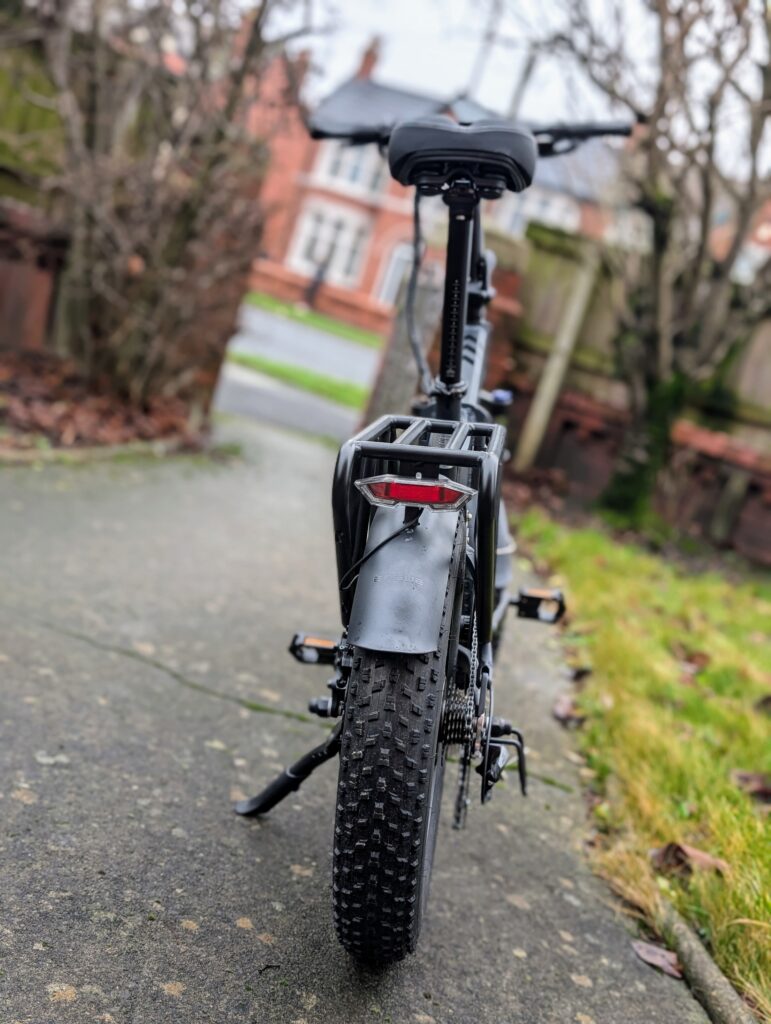
The ride feel of the Engwe Engine Pro 2.0 is characterised by its stability and power. The combination of the fat tyres, full suspension, and low centre of gravity (due to the position of the battery and motor) results in a planted feel on the road. This can be particularly reassuring when riding at higher speeds or in challenging conditions.
The torque sensor provides a natural-feeling assistance that kicks in smoothly as you apply pressure to the pedals. This results in a riding experience that feels more like riding a traditional bike with a strong tailwind rather than being pushed along by a motor.
The bike’s weight, while a disadvantage when manoeuvring, actually contributes to a smooth and stable ride when in motion. It helps to dampen road vibrations and provides a sense of solidity on the road.
One aspect of the ride feel that may divide opinion is the upright riding position. For some, this will be comfortable and provide good visibility in traffic. For others, particularly those used to more sporty positions, it may feel a bit too relaxed.
Hills
Hill climbing is where the Engwe Engine Pro 2.0 truly excels. The combination of high torque (75Nm) and powerful motor (1200W peak) makes light work of steep inclines.
In my testing, the bike handled hills that would have required significant effort on my Vanpowers City Vanture with ease. Even on gradients of up to 10 degrees (the maximum climbing degree specified by Engwe), the Engine Pro 2.0 maintained a good speed without requiring excessive effort from the rider.
The torque sensor plays a crucial role in the bike’s hill-climbing ability. It ensures that the motor provides assistance proportional to your effort, which is particularly beneficial on hills. As you naturally apply more force to the pedals when climbing, the motor responds by providing more assistance.
The 8-speed Shimano Altus drivetrain also contributes to the bike’s hill-climbing prowess. It provides a good range of gears, allowing you to find the right balance between your pedalling cadence and the motor’s assistance.
It’s worth noting that while the bike’s weight can be a disadvantage in some situations, it’s less noticeable when climbing hills with motor assistance. The powerful motor effectively negates the weight penalty.
For those living in hilly areas or regularly encountering steep inclines on their commute, the Engine Pro 2.0’s hill-climbing ability could be a significant advantage over many other e-bikes in this price range.
Off Road / Sand
While the Engwe Engine Pro 2.0 is primarily designed for urban and suburban use, its features make it surprisingly capable off-road and on loose surfaces like sand.
The fat tyres are the star of the show when it comes to off-road performance. Their wide profile and deep tread provide excellent traction on a variety of surfaces, including loose gravel, dirt paths, and sand. The large volume of air in the tyres also allows them to conform to uneven surfaces, maintaining contact and control.
The full suspension system comes into its own on rough terrain. The front fork and rear shock absorb bumps and vibrations, providing a smoother ride and helping to maintain control when riding over roots, rocks, or other obstacles.
The powerful motor and high torque output are beneficial when riding on challenging surfaces. They provide the necessary power to overcome the increased rolling resistance of soft surfaces like sand or mud.
However, it’s important to note that while the Engine Pro 2.0 can handle off-road riding, it’s not a dedicated off-road or mountain bike. The geometry and weight of the bike are not optimised for technical trail riding. It’s best suited for light off-road use, such as gravel paths, fire roads, or beach riding.
When riding on sand, the fat tyres really shine. They provide excellent flotation, preventing the bike from sinking and making it possible to ride on surfaces that would be challenging or impossible on a standard tyre. However, the bike’s weight can be a disadvantage if you find yourself needing to push it through deep sand.
For riders who want the flexibility to occasionally venture off the tarmac or enjoy rides on the beach, the Engine Pro 2.0 offers capabilities that many urban e-bikes can’t match.
Battery Range
The Engwe Engine Pro 2.0 is equipped with a 52V 16Ah lithium-ion battery, providing a total capacity of 832Wh. This is a substantial battery that should offer good range for most riders.
Engwe claims a maximum range of 110 km on the lowest assist setting (PAS 1). However, as with all e-bikes, real-world range can vary significantly based on factors such as rider weight, terrain, weather conditions, and assist level used.
In my testing, I found the range to be impressive, albeit not quite reaching the claimed maximum. On my daily commute, which involves relatively smooth roads with a couple of small hills, I typically used the bike on assist level 4 (out of 5). From a full charge, the battery would usually drop to 1 or 2 bars after approximately 35 km of riding.
This suggests that for many commuters, the Engine Pro 2.0 could easily handle a week’s worth of riding on a single charge. Even for those with longer commutes or who prefer to use higher assist levels, the large battery capacity should provide ample range for most use cases.
The battery is removable, which is a useful feature for those who may not have a power outlet near their bike storage area. It also allows for the possibility of purchasing a spare battery for extended range if needed.
Charging time is stated as about 5.5 hours from empty to full. This is reasonable given the large capacity of the battery, and means the bike can easily be recharged overnight or during a workday.
One minor criticism is that the battery level indicator on the display only shows bars rather than a percentage. A percentage display would provide a more precise indication of remaining range.
Overall, the battery and range of the Engine Pro 2.0 are strong points. The large capacity battery provides good range for most users, and the removable design offers flexibility for charging and the potential for extended range with a spare battery.
Price and Alternative Options
The Engwe Engine Pro 2.0 is available directly from Engwe with an RRP of £1499, and at the time of writing, it was available for £1,399.
When I reviewed the Engine Pro 1.0 it was available for €1584.99, which at the time worked out at £1340.
Engwe has a variety of fat tyre foldable e-bikes, including:
EP-2 Pro, priced at £899, has a lower-powered motor resulting in a much lower torque and a smaller battery
Overall
If the idea of a high torque fat tyre foldable ebike appeals to you, then the Engwe Engine Pro 2.0 is an excellent choice.
While it may not be quite to my tastes, it is hard not to be impressed with the performance. The high torque makes a big difference with hill climbs, and the fat tyres combined with full suspension make it a very smooth ride.
With the speed unlocked and the overall size and weight, it feels a bit more like riding an electric motorbike/moped, and it would make an excellent option for daily commutes. You can get to work with minimal physical effort on a comfortable ride, and the bike has the capacity to carry quite a bit of weight on its luggage rack.
Of course, the downsides to this are the physical size and weight. The foldable design makes it more convenient for storing at home, but it is far from easy to be lifted into a car boot or on public transport every day.
Overall, though, I can certainly see the appeal of this bike, and it did make my commute very easy, so I can give this a strong recommendation.
Engwe Engine Pro 2.0 Review
Summary
The Engwe Engine Pro 2.0 is an excellent and versatile e-bike that caters to a range of riders, from commuters to casual adventurers. Its upgraded motor, torque sensor, and full suspension make it a strong contender in the folding fat-tyre category. While its weight and limited range on high-assist levels might deter some users, its strengths far outweigh its drawbacks. At its current price, it offers excellent value for those seeking a high-torque, foldable e-bike that balances performance and practicality.
For urban riders, those in hilly areas, or anyone needing a reliable foldable e-bike, the Engwe Engine Pro 2.0 is a solid choice worth considering.
Overall
85%-
Overall - 85%85%
Pros
- High torque motor for hills and challenging terrain.
- Full suspension enhances comfort and versatility.
- Foldable design offers practicality for storage and transport.
- Hydraulic brakes provide reliable stopping power.
- Torque sensor ensures smooth and responsive pedal assistance.
Cons
- Heavy frame makes carrying and manoeuvring more challenging.
- Range may be insufficient for long-distance riders on higher assist levels.
- LCD display interface could use a more user-friendly design.
- Assembly instructions may not be detailed enough for all users.
I am James, a UK-based tech enthusiast and the Editor and Owner of Mighty Gadget, which I’ve proudly run since 2007. Passionate about all things technology, my expertise spans from computers and networking to mobile, wearables, and smart home devices.
As a fitness fanatic who loves running and cycling, I also have a keen interest in fitness-related technology, and I take every opportunity to cover this niche on my blog. My diverse interests allow me to bring a unique perspective to tech blogging, merging lifestyle, fitness, and the latest tech trends.
In my academic pursuits, I earned a BSc in Information Systems Design from UCLAN, before advancing my learning with a Master’s Degree in Computing. This advanced study also included Cisco CCNA accreditation, further demonstrating my commitment to understanding and staying ahead of the technology curve.
I’m proud to share that Vuelio has consistently ranked Mighty Gadget as one of the top technology blogs in the UK. With my dedication to technology and drive to share my insights, I aim to continue providing my readers with engaging and informative content.

